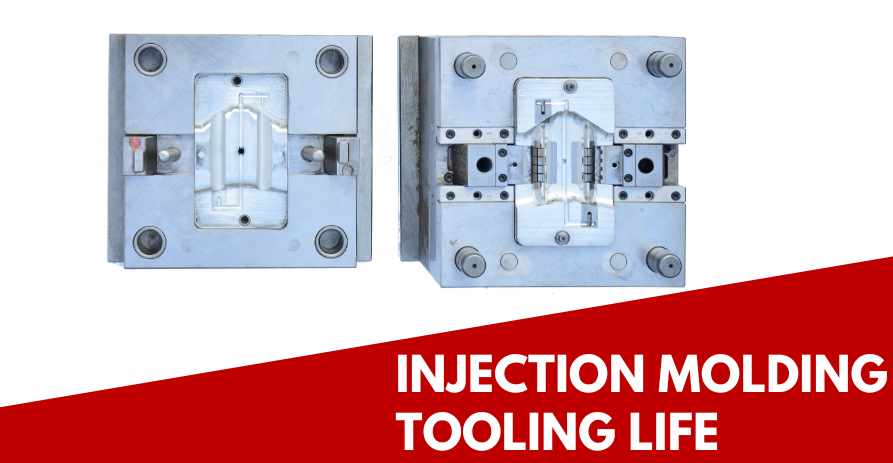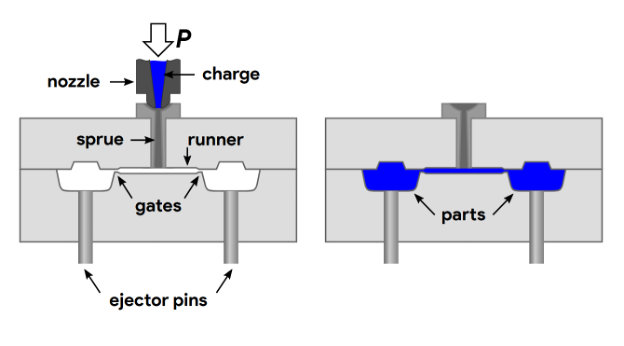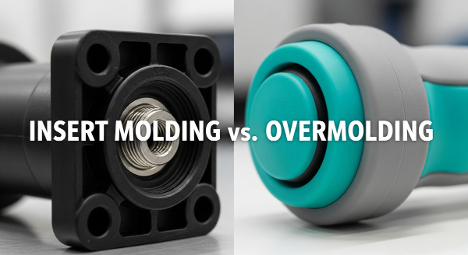Injection molding is a widely used manufacturing process that allows for the efficient production of complex plastic components. The tooling used in injection molding plays a crucial role in the overall success and profitability of the process. As such, understanding and maximizing injection molding tooling life is of paramount importance to ensure cost-effectiveness, production efficiency, and product quality. This article explores the key factors that influence tooling life and offers strategies to extend its lifespan.

Factors Affecting Injection Molding Tooling Life
Material Selection: The choice of material for tooling is critical. High-quality tool steels, such as H13 or P20, are commonly used due to their excellent wear resistance and toughness. Material selection should take into account factors like the type of resin being used, operating conditions (temperature and pressure), and anticipated production volume. Working closely with tooling manufacturers and material suppliers can help optimize material selection for specific applications, leading to longer tool life.
Design Considerations: Well-designed tooling can significantly enhance its lifespan. Factors to consider include proper gate and runner design, efficient cooling channel layout, and appropriate wall thickness. An optimal design minimizes stress concentration, reduces cycle times, and improves part quality, ultimately extending the life of the tool. Utilizing computer-aided design (CAD) and simulation software can aid in optimizing the tooling design.
Maintenance and Cleaning: Regular maintenance and cleaning of the tooling are vital for its longevity. This involves cleaning the mold after each production runs to remove any residue or contaminants that can potentially damage the surface or cause defects in subsequent parts. Additionally, preventive maintenance should be performed, including inspection for wear, lubrication, and replacement of worn components. Adhering to a well-defined maintenance schedule can help identify and address potential issues before they escalate, reducing downtime and extending tooling life.
Operating Conditions: Proper control of operating conditions is crucial for maximizing tooling life. This includes maintaining consistent temperature and pressure profiles, monitoring cooling efficiency, and ensuring adequate ventilation. Deviations from optimal operating conditions can lead to thermal stress, premature wear, and an increased risk of tool failure. Close monitoring and adjustment of process parameters based on real-time data can help maintain optimal conditions, prolonging the life of the tooling.
Strategies to Extend Injection Molding Tooling Life
Implementing Proper Training and Protocols
Well-trained operators who understand the intricacies of injection molding and tooling maintenance are essential. Providing comprehensive training on mold handling, part inspection, and cleaning procedures can significantly reduce the likelihood of errors that may damage the tooling. Implementing standardized protocols for tooling installation, start-up, and shutdown processes can ensure consistent and proper handling, minimizing unnecessary wear and tear.
Utilizing Advanced Technologies
Incorporating advanced technologies, such as mold monitoring systems and sensor-based process controls, can help optimize tooling performance. These technologies enable real-time data collection and analysis, providing valuable insights into tooling conditions, cycle times, and potential issues. With this information, proactive measures can be taken to address concerns promptly, optimize process parameters, and extend tooling life.
Partnering with Experienced Tooling Manufacturers
Collaborating with reputable tooling manufacturers who have extensive experience and expertise in injection molding can significantly contribute to maximizing tooling life. These manufacturers can provide valuable guidance on material selection, design optimization, and maintenance practices. Additionally, they can offer insights into the latest advancements in tooling technology and provide customized solutions tailored to specific needs, ensuring longer tool life and overall process efficiency.
Conclusion
Maximizing the life of injection molding tooling is crucial for cost-effectiveness, production efficiency, and product quality. By considering factors such as material selection, design optimization, maintenance protocols, and operating conditions, manufacturers can extend the lifespan of their tooling and optimize the injection molding process. Implementing proper training, utilizing advanced technologies, and partnering with experienced tooling manufacturers are strategies that can significantly contribute to maximizing tooling life.
-q4gvl4k29y4hq8j9rjpapvj0ft06fje63olt7p210i.png)


